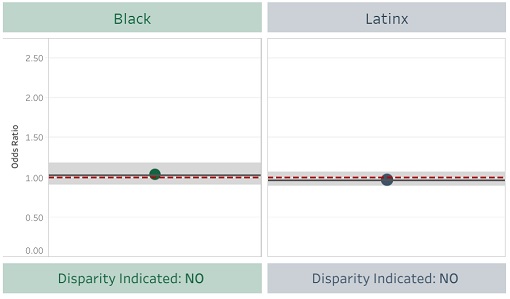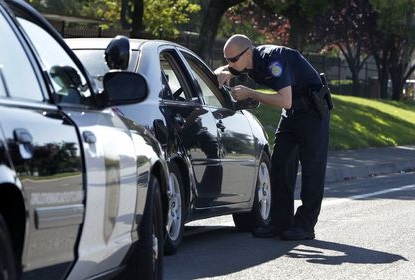Race meets science
In the long-term quest to make better decisions based on science, the legislature has created some very creative ways to collect data based on traffic stops. The STOP program stems from the 2017 Oregon Legislative Session, where
HB 2355 was enacted and signed into law. The bill requires:
- All Oregon Law Enforcement Agencies (LEAs) to collect specific data related to officer initiated traffic and pedestrian stops.
- Oregon State Police (OSP), in consultation with the Criminal Justice Commission (CJC) and the Department of Justice (DOJ), to establish a standardized method for the collection of required data elements from all Oregon Law Enforcement Agencies.
- CJC to perform the requisite data analysis to identify patterns and practices and profiling and deliver a report to DPSST to provide advice or technical assistance based on the best practices of policing to Law Enforcement Agencies.
On of the ways that the data is used is to see if traffic stops are made against some races more than others. To test for disparities in the decision to stop a driver, the Veil of Darkness analysis compares stops made by law enforcement officers during the day to those made at night, based on the assumption that officers can better detect the race of an individual during daylight hours as compared to darkness. Specifically, the VOD analysis compares the racial composition of stops during combined inter-twilight window, which occurs during morning and evening commute times. Visibility during this time will vary throughout the course of the year, which makes it possible to compare stop outcomes at the same time of the day but in different lighting conditions.

For example, the VOD analysis can compare stops made on January 10 when it was dark at 5:00pm to stops made two months later at the same time on March 10, which is was still light outside. Given that these two points in time should capture reasonably similar driving populations -- on average, for example, work commuters often drive at similar times of day throughout the year -- comparisons made between race of stopped drivers in the light and darkness will detect whether stops are being made in a disparate fashion when race is visible.
So, what was the outcome of the data? There was
no measurable disparity either with blacks or Latinos in police stops. This fact calls into question the basis for all the
police reform legislation that was done in the first special session. Everyone deserves to be treated equally and fairly, especially by law enforcement, and if this is happening, then policies need to reflect that.
--Staff Reports| Post Date: 2020-12-29 15:24:02 | Last Update: 2020-12-29 21:09:30 |







 For example, the VOD analysis can compare stops made on January 10 when it was dark at 5:00pm to stops made two months later at the same time on March 10, which is was still light outside. Given that these two points in time should capture reasonably similar driving populations -- on average, for example, work commuters often drive at similar times of day throughout the year -- comparisons made between race of stopped drivers in the light and darkness will detect whether stops are being made in a disparate fashion when race is visible.
For example, the VOD analysis can compare stops made on January 10 when it was dark at 5:00pm to stops made two months later at the same time on March 10, which is was still light outside. Given that these two points in time should capture reasonably similar driving populations -- on average, for example, work commuters often drive at similar times of day throughout the year -- comparisons made between race of stopped drivers in the light and darkness will detect whether stops are being made in a disparate fashion when race is visible.